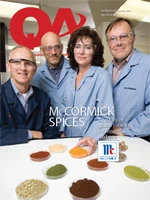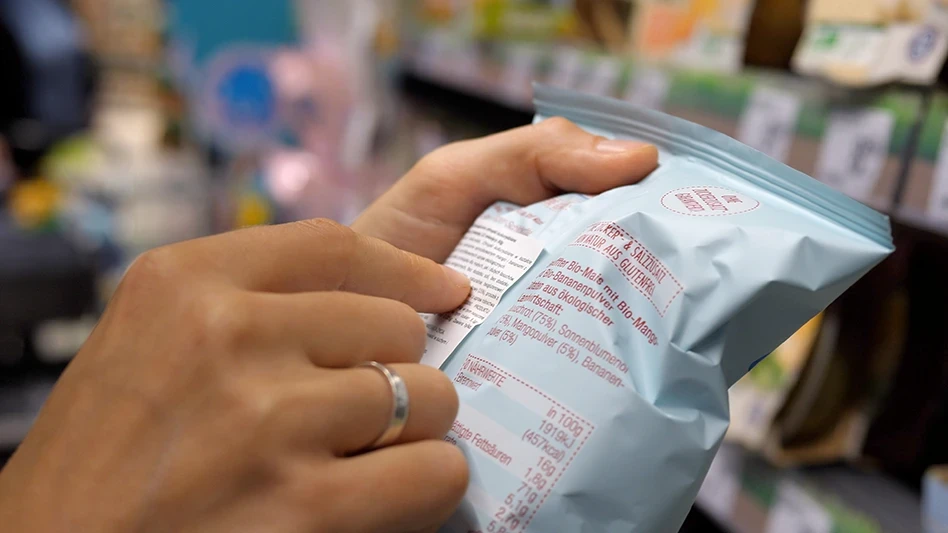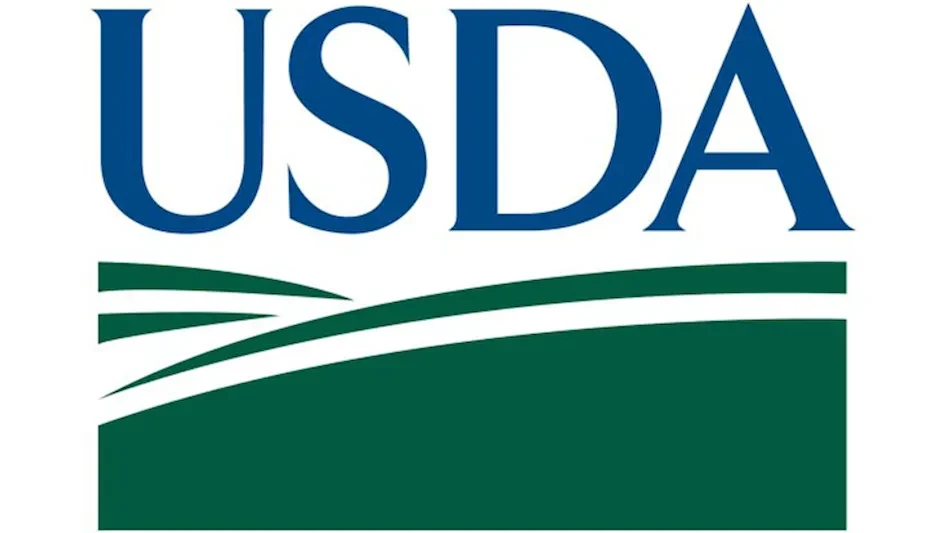In 2009, a landmark movement took place in the dairy industry: the system-wide, voluntary commitment to improve environmental performance. Through a memorandum of understanding, the USDA endorsed the effort and began working with the Innovation Center for U.S. Dairy in support of the industry’s goals to reduce greenhouse gas emissions and increase its financial and environmental sustainability.
"This memorandum came about because of the commitment of U.S. dairy farmers and the dairy industry to a sustainable future that includes both environmental and economic viability," said Thomas Gallagher, chief executive officer of the Innovation Center. Since its introduction, the commitment has spawned numerous initiatives and projects for and with the industry.
Established in 2008, the Innovation Center is made up of more than 30 organizations representing about 80 percent of U.S. dairy. Dedicated to health and nutrition, food safety, environmental stewardship, community, innovation and animal care, it is grounded in sound science, ethics and transparency.
The center has been involved in assisting with and communicating industry initiatives since its founding. "Sustainability has come into the forefront of the dairy industry so much so that we wanted to create an organizational focus on this." said Dave Crowley, Center member and environmental health and safety director for HP Hood.
Best Practices. The Sustainability Commitment also includes identification of energy efficiencies and best practices in use at dairy operations. With a primary goal of transparency, these practices are made publicly available on the Center’s Website (www.usdairy.com/sustainability). "We’ve been very successful at the Innovation Center in being as transparent as possible," Crowley said. "There is competition, but this is an area where we’ve committed ourselves to presenting best practices in a neutral manner so all can benefit."
Crowley sees sustainability as permeating the dairy industry. The Center has presented workshops at annual meetings of the International Dairy Foods Association, and each year, he said, "there has been a remarkable sharing within the industry." The Center also has hosted teleconferences focused on status updates and best practices, with 40 to 50 participants on each call, he said. "For me, that’s an indication that people are jumping on the bandwagon."
The sustainability projects cover all aspects of dairy "from grass to glass," Crowley said, explaining the chain as beginning in the "grass"—the farm level before milk production, and continuing through to distribution into the consumer’s "glass."
The initiatives range from defining of best practices in truck fuel conservation efforts to industry-wide sanitation innovation. The way a single delivery driver operates his truck may be a small piece of the pie, Crowley said, "but if we have all truck drivers operating in that mode, it can mean a great contribution to the industry."
A CIP Initiative. A key goal of the industry’s efforts is the reduction of greenhouse gas emissions of fluid milk by 25 percent by the year 2020. To achieve this goal, multiple projects are under way which address various areas of the dairy supply chain, one of which is the Next Generation Clean-in-Place (CIP) initiative being led by Ecolab, Inc. with HP Hood as a participant.
The CIP initiative evaluates how reducing the temperature needed to effectively clean milk processing equipment can maintain sanitation standards while requiring less energy. In addition, because more than half of a milk processing facility’s fuel demands are used for high-heat CIP systems, the low-heat system is expected to provide a significant cost savings.
Ecolab became involved with the Innovation Center’s sustainability drive when companies were being contacted by the center to see if they could help the industry reach its goals, said Ecolab Food & Beverage Senior Vice President and General Manager Tim Mulhere. At the time, Ecolab was working on a CIP technology that met with the center’s timeframe, Mulhere said, "so we were poised to help them as well."
In developing the initiative, the company talked with players across the industry and put together a study to look at the overall footprint of various dairy plants. "As we went through the study, we were able to see a potential of approximately 50 percent reduction from CIP cleaning which equates to a 5 to 15 percent total plant reduction," he said. With the industry’s goal being 25 percent, "this was obviously a very significant step in the right direction."
HP Hood is one of five trial locations in which the system is being tested. In their final stages, the trials are showing approximately 50 percent reductions in both energy usage and CO2 emissions and potential for increased equipment life because of the reduced temperatures.
As the Innovation Center continues to work with dairy producers and suppliers, Crowley emphasized the applicability to all facilities, large or small. "It’s all done in the spirit of sustainability," Crowley said. "You can use the resources to improve your practice regardless of the size of the organization."
To deliver on the commitment, the industry is following a Roadmap focused on caring for the land and the environment while profitably producing and delivering safe, quality foods. "We realize resources need to be conserved and protected," Crowley said. "That’s what sustainability is all about."
The author is Managing Editor of QA magazine. She can be reached at llupo@giemedia.com.

Explore the June 2010 Issue
Check out more from this issue and find your next story to read.
Latest from Quality Assurance & Food Safety
- FSIS to Host Virtual Public Meetings on Salmonella Framework
- Climate-Smart Soybeans Enter U.S. Market
- Yoran Imaging Introduces Thermal Imaging-Enabled System for Induction Seal Inspection and Analysis
- GDT Highlights Food Safety Solutions for Food Processing and Packaging Facilities
- FSIS Issues Public Health Alert for Ineligible Beef Tallow Products Imported from Mexico
- Wolverine Packing Co. Recalls Ground Beef Products Due to Possible E. Coli Contamination
- McDonald’s USA, Syngenta and Lopez Foods Collaborate to Help Produce Beef More Sustainably
- Divert and PG&E Announce Interconnection in California to Address Wasted Food Crisis





